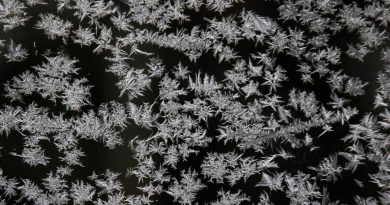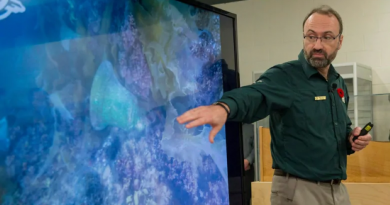Researchers dive for kelp in the Arctic
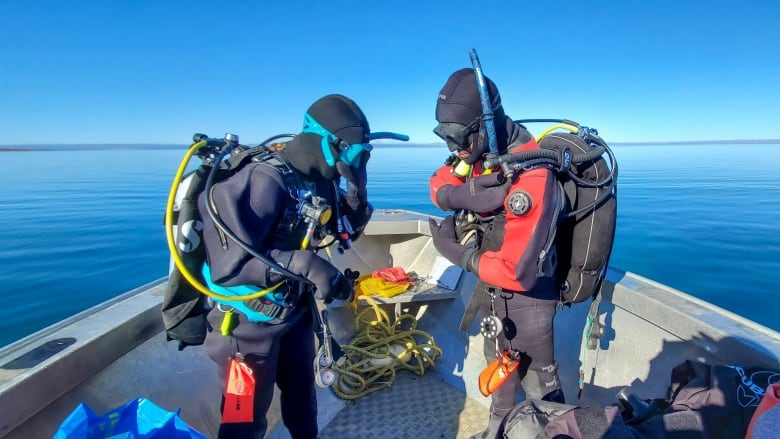
Divers are wrapping up an expedition in Cambridge Bay, Nunavut, after weeks of studying seaweed biodiversity.
It’s an area that’s been rarely studied.
Over the past few weeks, researchers have been working to track and understand what effect climate change is having on seaweed along the coastal waters of Canada’s Western Arctic. They also hoped to map and study the ecology of Arctic kelp forests in the area.
Dr. Amanda Savoie, who is leading the project, spoke with CBC a couple weeks into the trip.
“There’s kind of an idea that there’s not really any kelp forests around here and there’s not as much seaweed. And so we’re kind of looking to see if that’s true,” Savoie said.
Savoie is a research scientist with the museum of Nature in Ottawa and the director for The Centre for Arctic Knowledge and Exploration.
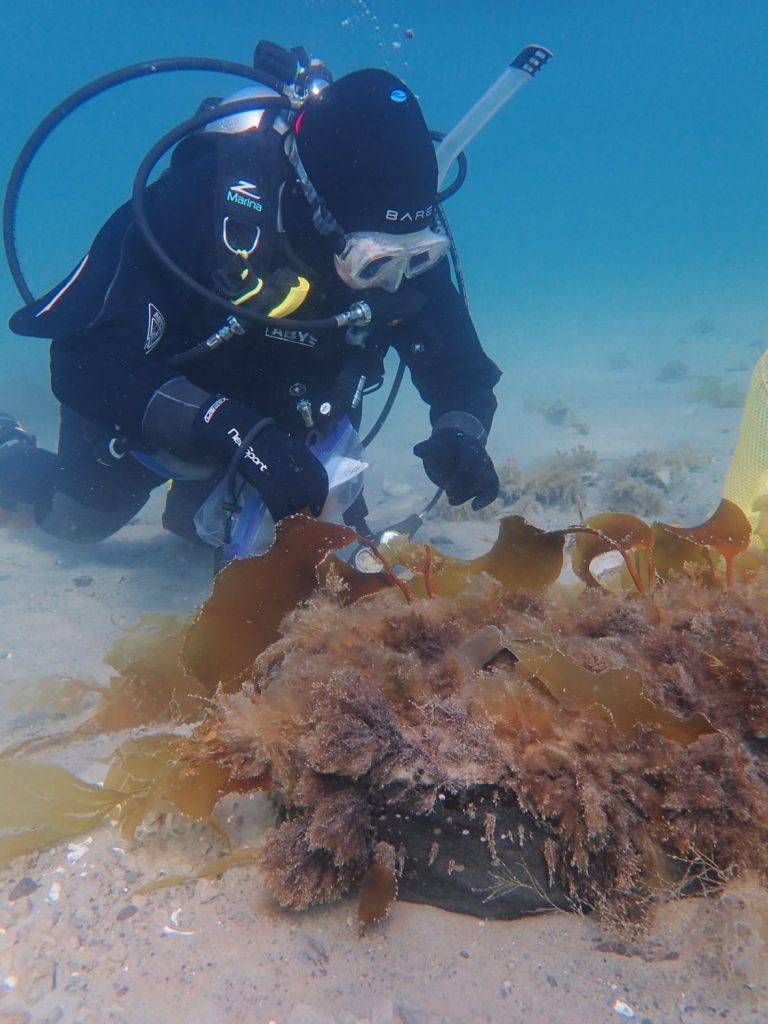
Ocean temperatures play a big role in where seaweed grows around the world, Savoie said. As waters warm, the distribution of different seaweed species changes. The Arctic and Antarctic are expected to be the most negatively affected by this, as once those waters warm there will be nowhere colder for seaweed to go.
“We know that the species composition will change and Arctic kelps will have nowhere else to go when the water gets too warm. But other kelps will move up from the South,” Savoie explained.
“We’re really trying to just figure out what’s going on right now so that if things change in the future, we’ll have a baseline to look back to for this area.”
Mapping an underwater forest
Joining her as part of the research program is a team of scientists affiliated with the ArcticNet-funded project ArcticKelp along with Laval University and Fisheries and Oceans Canada. So far, the ArcticKelp project has studied and mapped kelp forests in the Eastern Arctic and this partnership will extend the knowledge to the Western Arctic.
Savoie visited Cambridge Bay this spring to meet with community members and the local Hunters and Trappers Organization, where she learned that some in the community are interested in seaweeds as a food source. She said local knowledge has been crucial to finding diving sites.
“We have a local guide who’s been taking us out scuba diving on his boat and without him this study wouldn’t be happening. He’s so important to our work,” she said.
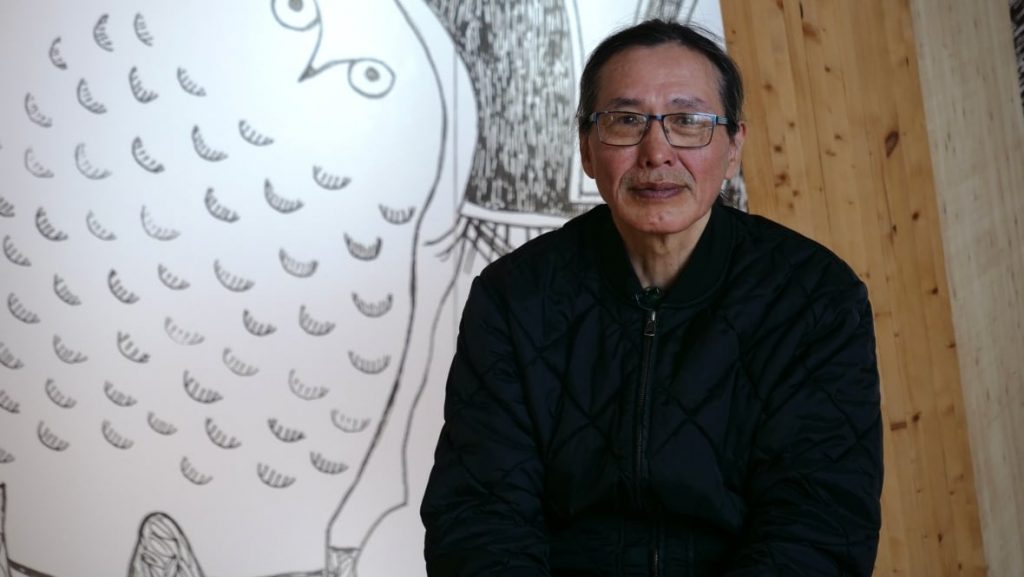
“I think people are interested to know what we find in the marine environment in general around Cambridge Bay — if there is potential for harvesting kelp in this area.”
Because tides are smaller there, researchers need to scuba dive to access the seaweed.
“We actually brought some kelp to the elders for them to try … and they loved it. That was a really cool experience,” Savoie said.
John Lyall, their local guide in Cambridge Bay, regularly guides tourists and divers on the water.
He said it creates an exchange of knowledge — he helps them, and in turn he sometimes finds new spots for diving or learns more about the land.
“It’s really cool,” he said. “I’m just happy they’re involving us regular people [as] guides.”
A ‘baseline’ for future Arctic kelp research
There are an estimated 175 species of seaweed known in the Canadian Arctic. The most recent taxonomic survey dates back more than four decades from the work of museum researcher RKS Lee. The Arctic specimens collected from Lee’s work from the 1960’s and 70’s number in the hundreds and are curated in the museum’s National Herbarium of Canada in Gatineau, Que.
Savoie and her colleagues hope to add to that collection and will be collecting and identifying seaweed species along with DNA data.
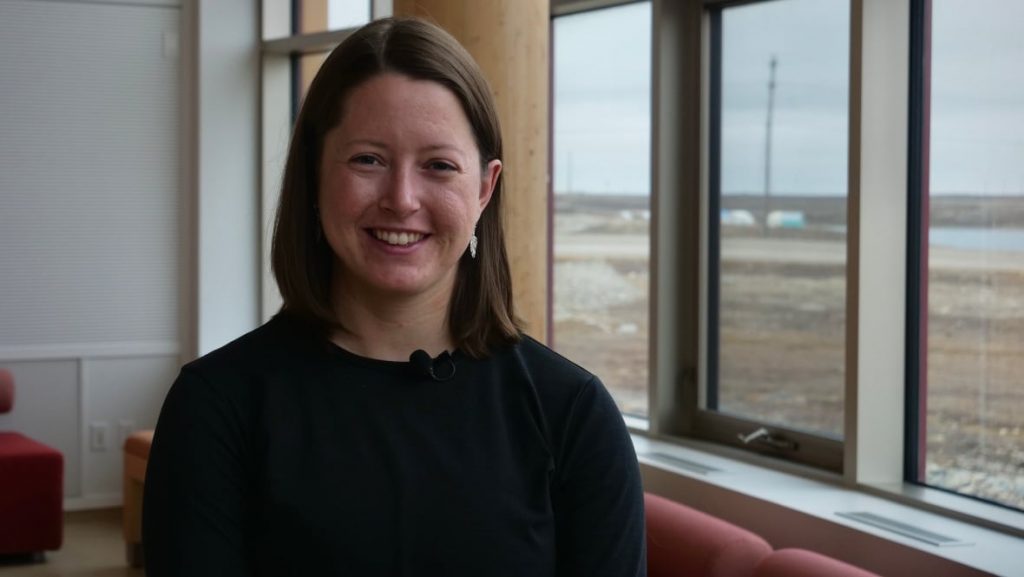
“I’m going to be sequencing things that I collect back at the museum to compare their DNA essentially to other seed collections from the Arctic and from the Atlantic and Pacific,” she said.
Savoie said there is evidence of kelp but scientists have yet to observe an actual kelp forest. These habitats are like tropical rainforests — hotspots for biodiversity, hosting other seaweeds and providing food and shelter for fish and invertebrates.
“We have found kelp, which is really exciting. So there is definitely kelp around here.”
The multi-year program began in August and wraps up on Tuesday. Savoie said she hopes to return next year.
“With this baseline, we’ll be able to compare and see the change. We don’t know what the Arctic’s going to look like in 20 or 30 years, and I think it could be quite different than what we’re seeing now.”
Related stories from around the North:
Canada: Picture from N.W.T. among winners of international astronomy photography competition
Greenland: Climate change accelerating ice loss from peripheral glaciers, Eye on the Arctic
Norway: Will the green transition be the new economic motor in the Arctic?, Eye on the Arctic
Sweden: Sweden’s climate policies closer to reaching goals, Radio Sweden
United States: Bering Sea ice at lowest extent in at least 5,500 years, study says, Alaska Public Media


